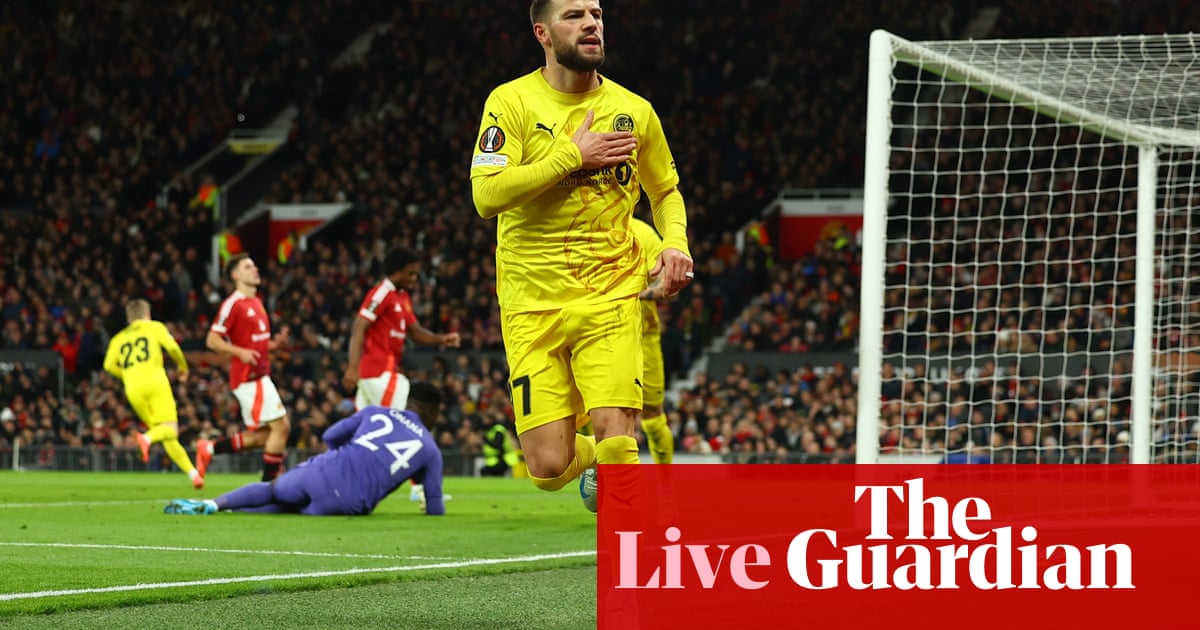More than 350 elephants that died in mysterious circumstances probably drank toxic water, according to a new paper that warns of an âalarming trendâ in climate-induced poisoning.
The deaths in Botswanaâs Okavango delta were described by scientists as a âconservation disasterâ. Elephants of all ages were seen walking in circles before collapsing and dying. Carcasses were first spotted in north-eastern Botswana in May and June 2020, with many theories circulating about the cause of death, including cyanide poisoning or an unknown disease.
The incident was the largest documented elephant die-off where the cause was unknown, according to the lead researcher Davide Lomeo, a geography PhD student at Kingâs College London. âThis is why it sparked so much concern,â he said.
Now, a new paper published in the journal Science of the Total Environment suggests the elephants were poisoned by water that contained toxic blooms of blue-green algae, or cyanobacteria. The climate crisis is increasing the intensity and severity of harmful algal blooms.
Researchers used satellite data to analyse the distribution of the carcasses relative to watering holes (there was no direct testing of samples because none were available). The team believes that the elephants generally walked just over 100km (62 miles) from the waterholes and died within 88 hours of drinking. In total they examined 3,000 waterholes, and found those that experienced increased cyanobacteria blooms in 2020 had high concentrations of carcasses. âThey have no choice but to drink from them,â said Lomeo. It is possible other animals died from drinking from the waterholes, but bodies may not have been spotted from aerial surveys, and smaller carcasses could have already been taken by predators.
Researchers stated: âGlobally, this event underscores the alarming trend of sudden, climate-induced diseases.â In the same year 35 elephants died in neighbouring Zimbabwe from an obscure bacteria getting into the blood, which was linked to prolonged drought conditions. In 2015, 200,000 saiga antelope died from a climate-linked outbreak of blood poisoning called haemorrhagic septicaemia in Kazakhstan. Mass-mortality events are becoming more common as the world heats up, and can push species toward extinction, experts warn.
In southern Africa, 2019 was the driest year in decades, followed by an extremely wet year in 2020. These conditions led to more sediment and nutrients being suspended in the water, which led to unprecedented algal growth. As the climate changes, much of the world is projected to become drier and hotter, with intermittent heavy rain. âIt is very sad that so many elephants died but also this hints at this global trend of sudden, climate-induced disease ⦠there is compelling evidence that this could happen again to any animal,â said Lomeo.
Dr Niall McCann, who was not involved in the research, and is the director of conservation at UK-based charity National Park Rescue, said: âThis study provides a compelling explanation for the mass die-off of elephants that shocked the world in 2020.â The research âadds to the growing body of evidence that climate change can have a range of lethal effects on wildlife (as well as livestock and people), from radically changing water availability, to providing the conditions for harmful bacteria and algae to proliferate and overwhelm animal populationsâ.
Dr Arnoud van Vliet from the University of Surrey, who was also not involved in the paper, said it gave âsupport to the previously established view that cyanotoxins in drinking water may have caused the mass deathsâ.
Researchers said the study underscored the need for water quality surveillance. Van Vliet agreed. âWith the predictions that the southern African region will become drier and hotter, this may again create the conditions described ⦠it is important to take preventive action where possible,â he said.
The study was carried out in collaboration with researchers from the University of Botswana, the Natural History Museum, London, Queenâs University Belfast, and the Plymouth Marine Laboratory.
Find more age of extinction coverage here, and follow the biodiversity reporters Phoebe Weston and Patrick Greenfield in the Guardian app for more nature coverage









